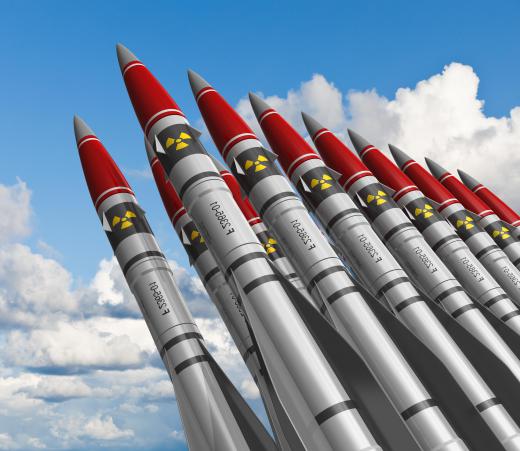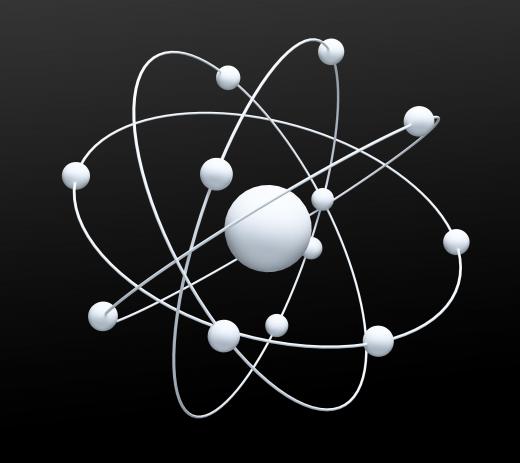What is Critical Mass?
The critical mass of a material is the amount needed for it to continue a nuclear reaction once it has begun.
There are different types of nuclear materials, and one type is known as a fissile material. Fissile materials are able to sustain a reaction once it has begun. Since the reaction can be sustained, the material can be used for certain purposes. These purposes include making nuclear weapons, and creating reactors to generate energy. The most widely-used fissile materials are Uranium-233, Uranium-235, and Plutonium-239. These three materials meet the criteria of a fissionable material, stay around for a reasonably long time, and can be found in sufficiently large amounts to make using them for fuel practical.

The process of a nuclear reaction is somewhat complex, but it can be looked at simply as a reaction that grows exponentially. In a reaction, an atom of the fissile material — let us say Uranium-235 — captures a neutron as it moves past. This causes the atom to split into two smaller atoms, and in the process launches off two or three more neutrons. These neutrons then fly off and are captured by other atoms of Uranium-235, which in turn split and send off two or three more neutrons. All of this happens in a very, very small amount of time, and releases enormous amounts of energy.

This concept is important, because in order for this reaction to continue and release huge amounts of energy, there has to be enough fissile material present that it can continue. If critical mass is not achieved, then the neutrons present will overtime decrease, making a nuclear reaction less and less likely over time. Strictly speaking, the term critical mass is used to describe the state of equilibrium in which there is enough fissile material present to keep the amount of neutrons roughly the same, but the reaction does not generate more. Often, however, this term is used to describe what is more accurately called super-critical mass, when enough of the material is present that neutrons continue colliding with fissile atoms and releasing more neutrons, generating energy and heat.
To use fissile material in a nuclear weapon, it is obviously important that the material be kept below critical mass — otherwise the bomb would detonate immediately. Usually two pieces of material are kept apart at subcritical mass, and when it is time for the bomb to be detonated, they are thrown together very hard and very quickly. They then create a super-critical mass, and the bomb explodes. If they are not thrown together quickly enough, then a smaller explosion happens first and blows the two pieces further apart, so that the large explosion never occurs — this is often referred to as a fizzle.
Critical mass is different depending on the material being used. In the case of Uranium-233, it is about 35 pounds (15kg). In the case of Uranium-235, the critical mass is about 115 pounds (52kg). And in the case of Plutonium-239, it is about 22 pounds (10kg).
AS FEATURED ON:
AS FEATURED ON:












Discussion Comments
i would advise people to be careful with the numbers this site provides for critical mass.
Post your comments